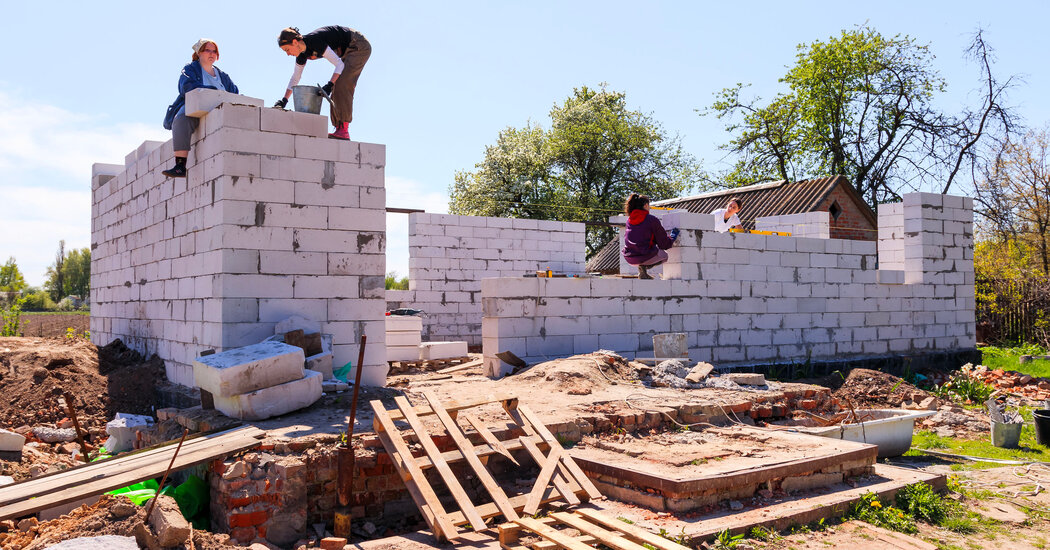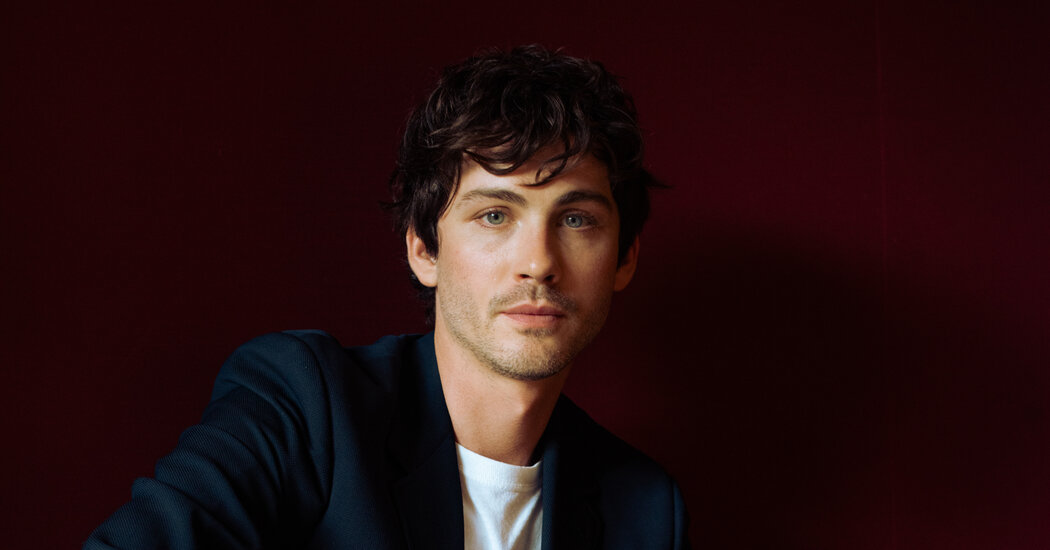Eikoh Hosoe, a Japanese photographer who blazed a new trail for his medium with his taboo-testing pictures about invisible worlds, has died at 91. The Japanese agency Kyodo News reported his death last week, saying that he died in Tokyo of complications related to an adrenal gland tumor.
Hosoe’s photographs involved butoh dancers, naked flesh, mysterious landscapes, and more, but the pictures he remains most famous for are his ones depicting the novelist Yukio Mishima. That 1961 series, known as “Ordeal by Roses,” is well-known within Japan, where it is celebrated for its provocative imagery.
In those photographs, Mishima is often depicted in various states of undress, looking either submissive or aggressive, depending on his surroundings. He is shown tied up, holding a mallet, and, in one particularly memorable image, clasping his lips around a flower in his mouth. Upon their publication in 1969, these pictures gained Hosoe an international audience.
Toshihiro Hosoe was born in 1933 in Yonezawa, Japan, and was raised mainly in Tokyo, from where he was evacuated in 1944 alongside his parents because of firebombing in the city. They relocated to Tohoku, a rural village, but his father remained at the Shinto shrine in Tokyo where he worked, communicating with his family by mail.
As a kid, he began to use his dad’s camera for his own projects and even won a Fuji photography contest when he was teenager. Hosoe later studied at the Tokyo College of Photography, graduating in 1954 and becoming a freelance photographer. He renamed himself Eikoh.
In 1959, Hosoe and five other photographers formed Vivo, a Tokyo-based collective that helped push the medium in a new direction within Japan. Whereas documentary photography sought to portray objective reality, these artists aspired toward something different and more personal. The group disbanded not long after it was formed, but it is considered influential by photography historians.
Hosoe’s photographs from this era were primarily stylized portrayals of the human body in extreme states. Man and Woman #2 (1960), for example, shows a muscular arm cradling a female head, her eyes appearing to bulge because of the dark makeup applied around her lids. He spoke simply of pictures such as these, telling Aperture last year, “I have always liked human relationships.”
Later photographs would grow increasingly fantastical. His 1965–68 “Kamaitachi” series was a collaboration with Tatsumi Hijikata, a founder of the butoh dance style, a type of theatre known for its physically rigorous choreographies and its relatively slow pacing. Titled after a folkloric weasel-like spirit, this series features Hijikata leaping through fields and pretending to kidnap a baby. He would continue to produce collaborations with butoh dancers in the decades to come.
For many artists working today, images such as these have continued to prove influential. Daido Moriyama, a lauded Japanese photographer who worked as Hosoe’s assistant early on, told Aperture that prior to Hosoe, Japanese photography had a “strong sense of documentary and was strictly not staged. Hosoe confronted this, creating theatrical, staged photographs based on collaborations with the photographic subjects. It was a major achievement.”



